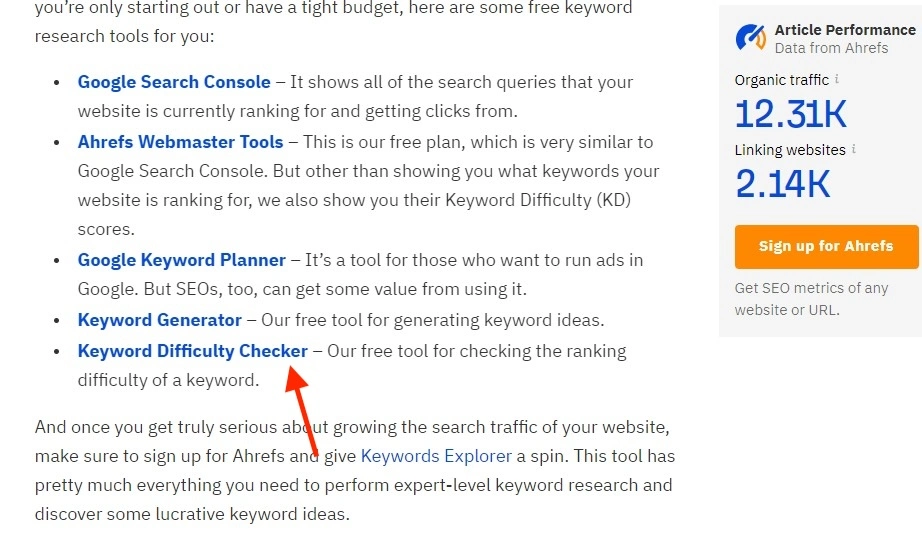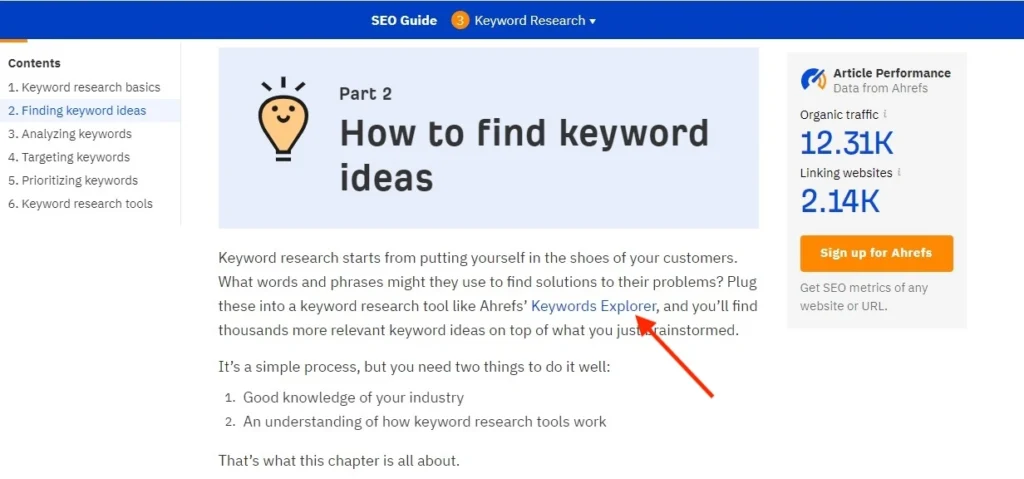How do I know if I need to use topic clusters on my website?
Topic clusters are beneficial for websites with a well-defined niche and a focus on content marketing. If you create informative content and want to improve SEO and user experience, topic clusters can be a powerful tool.
Can I use internal linking to improve my website’s ranking for specific keywords?
Absolutely! Strategic internal linking acts as a ranking signal to search engines. It shows the depth and relevance of your content on a particular subject. This can impact your overall website’s ranking for relevant keywords within your topic cluster.
How many internal links should a page ideally have?
Focus on quality over quantity. Include enough internal links to guide users to relevant content without overwhelming them. Analyze your content length and strategically place links where they provide value and a phrase or text can be naturally hyperlinked.
How can I use internal linking for an e-commerce website?
Internal linking is highly effective for e-commerce websites. Link product pages to relevant blog posts offering buying guides or reviews. You can also link to complementary product pages within your category clusters, encouraging users to explore different options.
How to track the effectiveness of my internal linking strategy?
Website analytics tools can be your friend here. Track metrics like click-through rates on your internal links. See which links users engage with most and adjust your strategy accordingly. You can also monitor organic traffic coming from relevant keywords to gauge the overall impact of your topic clusters and internal linking.






